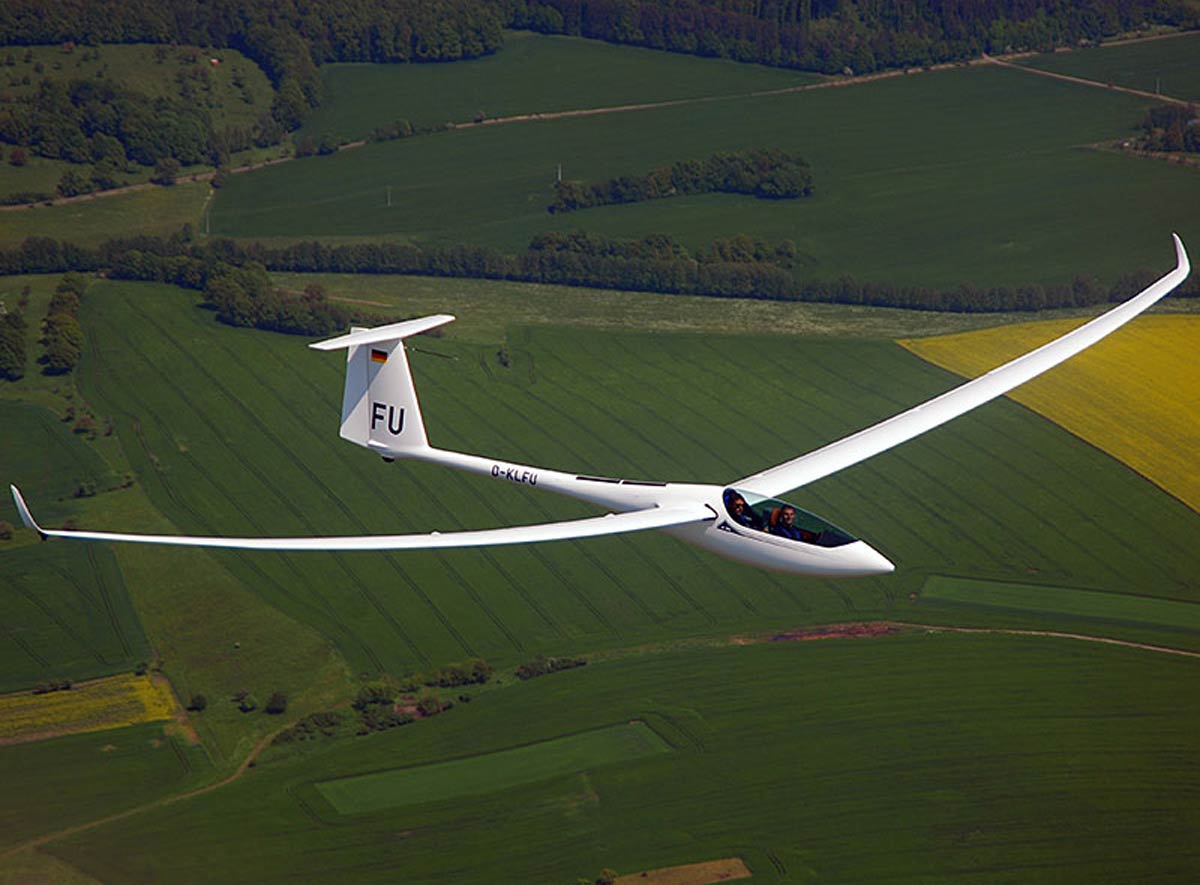When to deviate

Effective deviation is covered a lot in cross country flying. Deviating too much and making little distance towards the goal, not deviating at all and not finding a good thermal, and partially deviating under the clouds but not going to the good side are common errors.
At the WGC last week Mike and I saw ourselves doing those a few times. Where the non-flying pilot would comment, ‘why are we going to that side of the cloud?’ This is especially true on the next leg when you are approaching the cloud from a different side. It might have been the left side of the cloud going North but now going South East it is the early part of the right side.
If it makes sense to get to the cloud on the downwind side then run under it at an angle and depart the upwind side it will increase your odds of finding a thermal. We watched in amazement as EB would search under the cloud this way. The key to doing this is making sure you hit the best part of the cloud. A few other times the thermal core was not where we were expecting.
When we talk about deviation we talk about the ‘30 degrees’ as the rule of thumb. You can bounce around with a 30-degree deviation without really worrying about it. But why do pilots go straight on course and other times make 80-degree deviations?
I think a different approach to the thought process is what will not get me stuck? If I take this 80-degree deviation to not get stuck on the other side then it might be a considerable idea. Many times we would have groups going straight and others deviating. But which one was faster, it seemed to be split where there wasn’t much of a difference. However, the biggest difference is how high you were on the other side. If one glider is higher, they are effectively faster.
One day in particular we came out of a turn and straight down the next course line into a 7knt thermal (above our daily average). The others went about 75 degrees off course to a nice looking cloud, 10knts and higher than ours. So we got ahead of them because we did not have the deviation. However, they were roughly 1000ft higher than us the next time we saw them. Then other times the straight course would be faster because of the less distance and nearly matched climbs.
Another way to look at deviation is by evaluating which way will not get me stuck. It is not a race to the first turn or the next thermal. It is a race of multiple days and lots of miles. Ideally taking it one day at a time. You want to win the day, but not push so hard you get stuck during that flight.
On another day the second turnpoint was in the blue and downwind. We had a pretty solid run staying on courseline. We took what we thought were strong climbs and took a tactical climb before the turn as we were drifting into the turn and we could see gliders ahead taking a climb after the turn drifting farther away from the next turn. We eventually found the leaders and they were flying much slower and taking weaker climbs. We flew with them for about 45 minutes, then they decided the weather was getting good again and the clouds were more consistent and started cruising fast again.
They had a few week climbs that we left because we thought we could beat them. Which we did, but they did not want to get too low and get stuck (we got stuck a few days). I have said it before, can you beat the thermal ahead? Not just once, but are there enough opportunities to actually beat it? At the end of the day we left a climb trying to beat it, but never did, the great-looking cloud just vanished as we approached it. The group that stayed got home faster.
There is a fine line between winning and losing.
Banner Photo: binder-flugmotorenbau.de
 Garret Willat holds a flight instructor rating with over 8000 hours in sailplanes. His parents have owned Sky Sailing Inc. since 1979. He started instructing the day after his 18th birthday. Since then, Garret has represented the US Junior team in 2003 and 2005. He graduated from Embry-Riddle with a bachelor's degree in Professional Aeronautics. Garret represented the US Open Class team in 2008 and 2010 and the Club Class team in 2014. Garret has won 3 US National Championships.
Garret Willat holds a flight instructor rating with over 8000 hours in sailplanes. His parents have owned Sky Sailing Inc. since 1979. He started instructing the day after his 18th birthday. Since then, Garret has represented the US Junior team in 2003 and 2005. He graduated from Embry-Riddle with a bachelor's degree in Professional Aeronautics. Garret represented the US Open Class team in 2008 and 2010 and the Club Class team in 2014. Garret has won 3 US National Championships.



